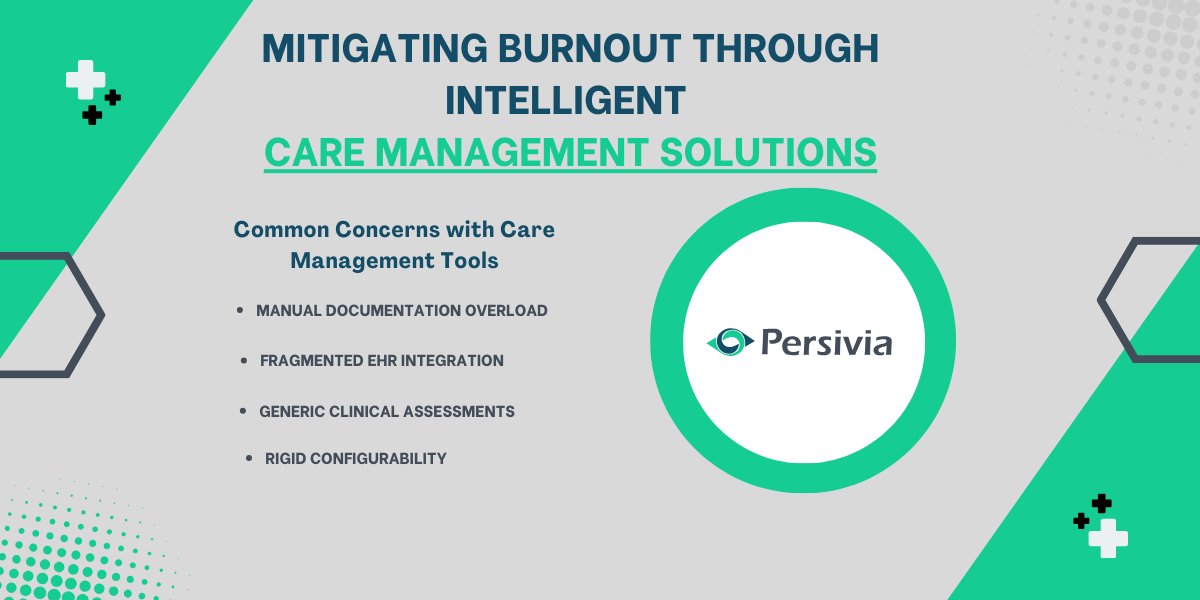
11 Mistakes You Should Not Do While Hiring A Financial Services Website Designer
Are you one of those financial service providers who’s still wondering whether your website really adds value to your marketing strategy or not?
Is it just something you have because everyone else does?
Today, most other service providers such as building contractors and real estate agents, and professionals such as doctors and lawyers, have figured out the importance of website design.
There’s no reason why financial services website design should lag behind.
Why It’s Important To Have A Website For A Financial Services Business
A visible, strong and memorable presence is important for a financial services business.
- Credibility: is crucial to your business. Whatever the size and extent of your business, a website helps you establish yourself in the industry, among peers and prospective/existing clients. The website helps you look legit, and can instill trust and confidence.
- Visibility: If most of your work comes via referrals/recommendations, you’re stuck with a stagnant pool of existing customers. Your website is your 24x7x365 marketing department that’s accessible regardless of time-zone, geography and demographics. It renders you visible and accessible.
- Showcasing: Websites can showcase your capability, skills, qualifications, awards, projects undertaken, what products/services you offer, etc. You can also inform/educate through features such as blogs, e-books, whitepapers, opinion pieces, industry news, videos, explainers, etc.
- Meet Client Expectations: Today’s clients expect you to have a website. You could appear outdated/old-fashioned if you don’t match their expectations. Studies show that millennials form nearly 70% of the decision-makers in various industries. By 2025, they could form about 40% of the total workforce, and would certainly expect a business to have a website. It makes it easier for them to contact you.
- Comparisons: When prospective clients/visitors look for financial services providers, they would find it convenient and easy to do a comparison analysis if you have a website. A professionally designed, informative and credible website would grab attention right away.
11 Mistakes To Avoid While Hiring A Financial Services Website Designer
1. Jumping In Too Early
While it’s true that you need to get your website up and running ASAP, it’s also important to take the time to get it right first time. If you’re just launching a new business, focus on what exactly you need from your website, your budget and preferences.
Start-ups may not need elaborate custom-designed sites right off the bat – what they need is great content and links that will generate leads. Do a needs analysis and get your marketing team involved for valuable inputs.
2. Not Being Clear About Pricing
There are two parts to this – if you’re focused on getting the cheapest website designer, you could pay for this in spades in the long run. When you get a cheap design, it could mean that corners have been cut somewhere, you won’t get support, upgrades, maintenance etc. As Warren Buffet puts it, when you’re thinking about money, factor in the opportunity-cost.
The cheap route may also cost you in terms of redesigning/refurbishing. On the other hand, paying too much is another big mistake. Don’t let the designer “webspeak” you into purchasing stuff that’s not relevant/unnecessary at this point. Don’t get dazzled by jargon.
3. Not Tech-Savvy
While the lines between design-development are blurred, every designer needs to be on-board with the latest tech. Ensure that your designer is familiar with responsive design, CMS and SEO.
4. Doesn’t Focus On Content
If your website designer doesn’t seem to appreciate the value of content, it’s a mistake to hire them. Unique, fresh, authoritative, reliable and trustworthy content is King. It ensures top ranking on Google search and encourages visitors to stay on, engage with your website, transform clicks into calls, and keeps visitors returning to your site.
Remember that the content is for the visitor/client and not for you! Provide updated material on a regular basis, information on events, webinars/seminars, new regulations etc. to make your website a go-to resource.
5. Not Checking Their Track Record And Portfolio
While this may sound like stating the obvious, you’ll be surprised to know how many business owners hire website designers without research. Hire a designer who has proven success in working on financial services/related sector websites.
This saves you the trouble of going over the nitty-gritty with them. Look at portfolios objectively and think like a visitor/client. Don’t get fobbed off with screen-shots and insist on viewing their work in real time, up and running websites.
6. Doesn’t Give Assurances On Analytics
With advanced website tools and analytics, you’re sitting on a treasure trove of usable information. You need facts and figures about traffic, behavioral and demographic data, etc to capture information about your target audience and also about your website’s performance.
As a busy professional, you may not have the time/inclination/skills to generate reports and examine the analytics. Your website designer must put in the features that help you with these aspects.
7. Is Vague About After-Launch Support
It’s one of the dumbest mistakes you can make. You will need good support with trouble-shooting, security updates, analytics, bug-fixing, continual content generation and SEO optimization, third-party integration maintenance, general consultancy, etc. If your website designer doesn’t offer a maintenance contract, think before signing up.
8. Not Social Media Savvy
This is an affordable, convenient way to reach potential clients. Sites such as LinkedIn offer credible opportunities to connect. If your designer doesn’t appear to give much importance to social media, you could be denying yourself some great leads and links.
9. Doesn’t Give Importance To UX
If your website designer feels that a financial services website doesn’t really need a great UX, that’s a dumb mistake. Customer-frustration is common in the financial services space, and their trust in this sector is at a low point right now.
The UX strategy has to be incorporated throughout the design to create a credible, authoritative, memorable look and feel.
10. Doesn’t Connect With Other Departments In Your Organization
If your website designer takes a uni-dimensional approach to design, it’s a no-no. They need to do their homework and research through all layers and departments, conduct cross-department workshops, get inputs etc so that your website’s value is understood across the organization and not just one or two people.
11. Doesn’t Have A Clear Hierarchy Of Elements
Every section of every page has to be clearly defined, categorized and calibrated in terms of the information it provides. It also has to logically flow in terms of funneling to the next step/page so that visitors are encouraged to follow a rational set of actions. If your designer’s portfolio lacks this flow, it’s wiser to look elsewhere.

Law Firm Management: How Technology is Driving Efficiency

Most Popular Social Networks: Dominating Online Platform







